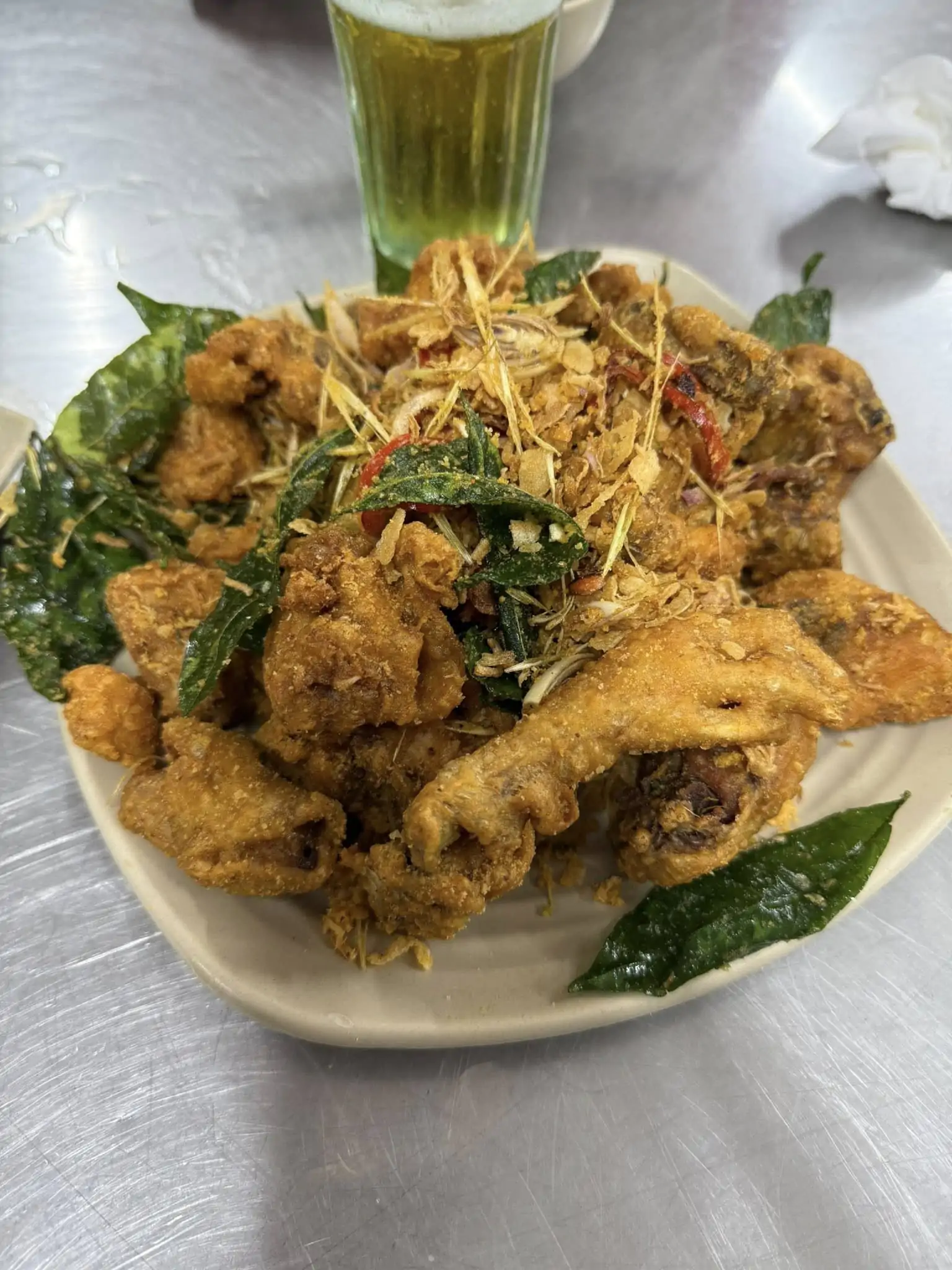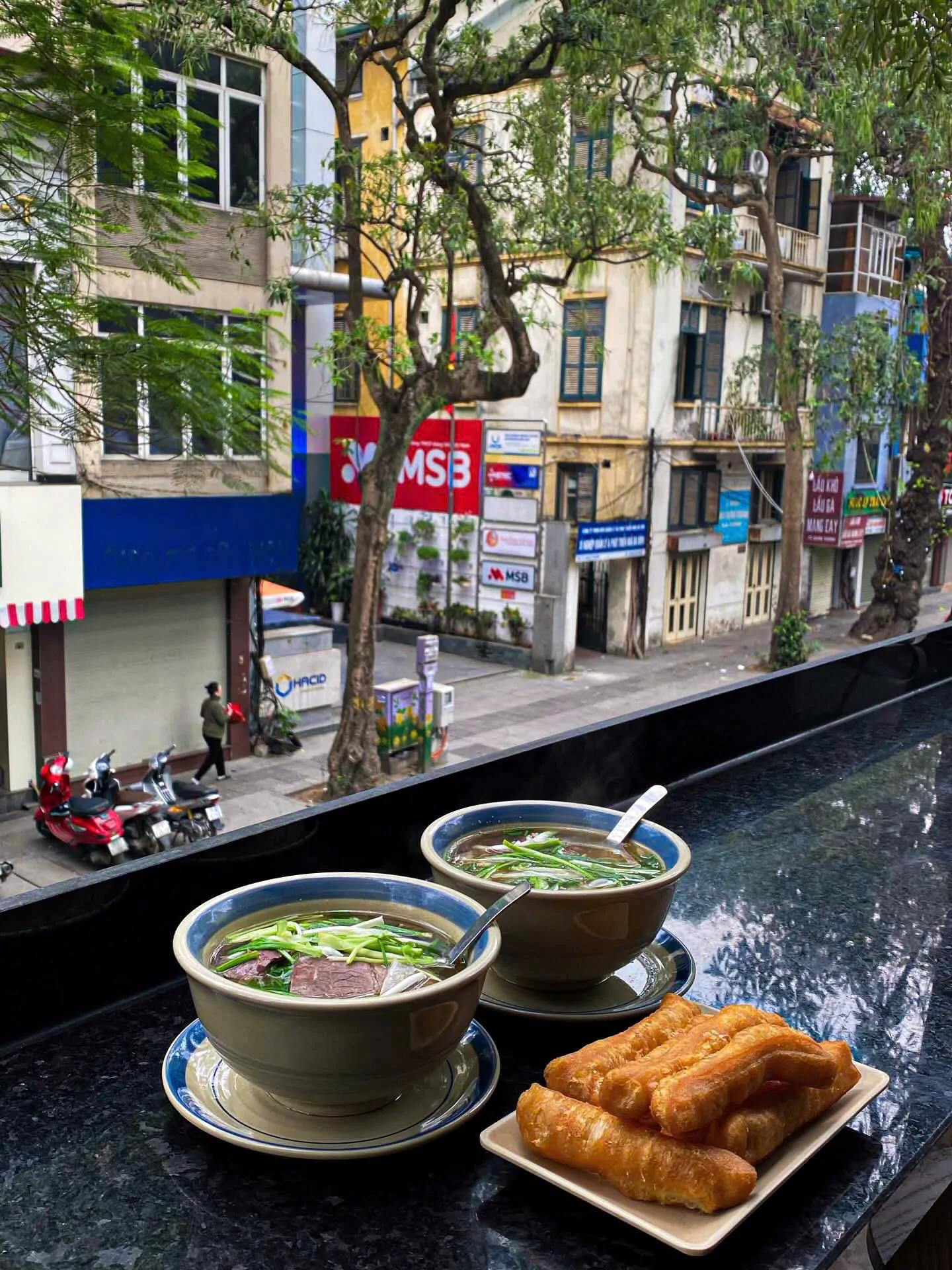Contents
Quan Cong Temple – The Most Sacred Temple in Hoi An
The Quan Cong Temple stands as a centuries-old spiritual treasure within Hoi An, Vietnam, offering visitors a glimpse into the rich cultural tapestry of the region. With its remarkable architecture and captivating traditional festivals, it holds a special place within the Ancient Town of Vietnam. Visitors are sure to be entranced by the temple’s beauty and the vibrant atmosphere of its festivities, making it a must-visit destination for anyone exploring the historic wonders of Hoi An.
Absolutely! The Ancient Town of Hoi An, recognized as a UNESCO World Heritage Site, is renowned for its enchanting spiritual ambiance and sacred landmarks. Among these treasures, the Quan Cong Temple stands out as one of the most renowned holy sites, boasting a rich history and architectural splendor. For travelers in search of both architectural marvels and cultural immersion, a visit to Quan Cong Temple promises an unforgettable experience within the mystical beauty of Hoi An.
1. About Quan Cong Temple
1.1. History of Quan Cong Temple
Quan Cong Temple, also referred to as Ong Pagoda (Quan Công Miếu or Chùa Ông in Vietnamese), traces its origins back to 1653 when it was founded by Chinese immigrants in Hoi An. This revered temple serves as a sanctuary dedicated to honoring the esteemed Chinese military general, Quan Cong (全琮 – Guan Yu), who is affectionately known as Quan Van Truong (Quan Vu) in Vietnamese culture.
Quan Cong, revered as a skilled military general and a martial master from the Three Kingdoms period, holds a significant place in Vietnamese culture as the God of War (Quan Thanh De Quan). His worship extends throughout East Asia, symbolizing virtues such as loyalty, bravery, integrity, and justice. Legend has it that Chinese merchants frequented Quan Cong Temple to finalize business deals, as the deity’s presence deterred fraudulent activities.
Moving forward, the Ong Pagoda, also known as Quan Cong Temple, has undergone several renovations in the 20th century, ensuring its preservation. This 370-year-old temple received National Historic and Cultural Heritage status in 1991, emphasizing its importance in Vietnam’s cultural landscape.
1.2. Architecture of Quan Cong Temple

Quan Cong Temple stands out among the ancient sites of Hoi An with its remarkable exterior, showcasing the distinctive features of classical Confucian architecture.
The temple’s structure is designed to symbolize the Han character “国” – “Quoc,” meaning country, with four sections. These sections comprise a front hall, right and left rows of houses, and the main shrine. Each building is adorned with tubed enamel tiles roofing, while the top edges feature intricate sculptures depicting holy animals like dragons and unicorns.
This architectural arrangement not only reflects the temple’s reverence for Quan Cong but also embodies the traditional principles of Confucianism. The meticulous craftsmanship and symbolic design elements contribute to the temple’s allure, inviting visitors to admire its beauty and immerse themselves in its spiritual ambiance.
At the entrance, the front door of Quan Cong Temple is adorned with vibrant hand-painted calligraphy depicting blue clouds and a green dragon, symbolizing the character of Guan Yu. This intricate artwork sets the tone for the temple’s spiritual ambiance.
Inside the main shrine, visitors encounter the most sacred atmosphere. The centerpiece is the central altar, adorned with an elaborate 3-meter tall statue of Quan Cong. Clad in dragon-embroidered garments, Quan Cong’s statue exudes a commanding presence, with an intense expression and solemn eyes.
Flanking Quan Cong’s statue are two additional figures of significance. To his left and right stand statues of his loyal guardian, General Chau Xuong (Guan Xing), and his administrative mandarin, Quan Binh (Guan Ping). These statues pay homage to the esteemed companions who supported Quan Cong throughout his endeavors.
Adding to the symbolism and historical context, each side of the shrine features statues of worshipped horses: the White Horse and the Red Hare. These horses, renowned for their strength and valor, are said to have accompanied General Quan Cong during his legendary battles, further enriching the temple’s narrative and spiritual significance.
When admiring the intricate patterns of the temple, visitors may be impressed by the exquisite craftsmanship of ancient Chinese architects.
You may also like:
- Hoi An Old Town
- Assembly Hall of The Chaozhou Chinese Congregation in Hoi An
- 21 Best Things to Do in Hoi An, Vietnam
- Cu Lao Cham Island & Nature Reserve, Hoi An
- 5 Best Ways to Get from Danang to Hoi An
1.3. Precious antiques in Quan Cong Temple
In addition to its meticulous design, Quan Cong Temple is home to a treasure trove of valuable historical artifacts. These include esteemed ordinations, 30 horizontal lacquered boards adorned with Han characters, a fable featuring Nguyen Nghiem (Father of Nguyen Du, a celebrated Vietnamese poet), and two paintings by Uong Si Cu and Nguyen Lenh Tan.
2. Location, ticket fees, and opening hours at Quan Cong Temple

Location: 24 Tran Phu, Cam Chau, Hoi An, Quang Nam, Vietnam
Opening hours: 6:00 am – 05:00 pm
Entrance fee: Free
To get to Quan Cong Temple:
Hoi An Ancient Town is conveniently situated in the city center. As you enter the Ancient Town, the iconic Japanese Covered Bridge will immediately capture your attention. From there, you can easily locate Tran Phu Town Center on the right side of Bach Dang Street, directly across from Nguyen Thi Minh Khai Street. Just a 10-minute stroll away, you’ll arrive at Quan Cong Temple, situated at 24 Tran Phu Street.
3. Things tourists should do at Quan Cong Temple in Hoi An.

Quan Cong Temple is not just a place of worship; it’s also a haven for photographers seeking captivating and unique spots. Its extraordinary design, adorned with ancient and colorful features, provides a stunning backdrop for memorable photos.
Beyond its aesthetic appeal, the temple is steeped in fascinating legends and historical events that offer visitors insights into local culture and religious traditions. Exploring these stories adds depth to the experience, making a visit to Quan Cong Temple not only visually stunning but also intellectually enriching. Whether you’re capturing the intricate details of its architecture or delving into its rich history, Quan Cong Temple promises to be a dream destination for photographers and cultural enthusiasts alike.
Quan Cong Temple holds a revered status among the temples of Hoi An, drawing merchants, locals, and tourists alike who come to pay homage to the general and make offerings. Visitors have the opportunity to light incense and offer prayers to the deities, seeking blessings and good fortune.
Moreover, Quan Cong Temple offers a glimpse into the vibrant cultural traditions of Hoi An through its exotic festivities. Annually, the temple hosts special ceremonies in honor of General Quan Cong on January 31st and June 24th in the lunar calendar, providing visitors with a unique opportunity to witness and partake in these sacred rituals.
During Lunar New Year (Tet Holiday), a particularly auspicious time, visitors engage in a tradition of writing their wishes along with their full names, addresses, and dates of birth on joss paper. These wishes are then hung on circular Chinese incenses, symbolizing hopes for prosperity and good fortune in the coming year. This blending of ancient customs and modern practices adds to the allure of Quan Cong Temple as a place of spiritual significance and cultural celebration.
4. Notes for visitors to Ong Pagoda in Hoi An

Observing etiquette rules when visiting Quan Cong Temple is essential to show respect for the sacred space and local customs:
4.1. Maintain a respectful demeanor by refraining from loud chatter within the shrine area, allowing others to worship in peace.
4.2. Avoid smoking, eating, chewing gum, or stepping on animal statues, as these actions may be considered disrespectful or inappropriate within the temple premises.
4.3. Dress modestly and appropriately when entering the temple, covering shoulders and knees out of respect for the religious sanctity of the site.
4.4. Refrain from touching ancient artifacts or religious relics to preserve their historical and cultural value for future generations.
4.5. Keep a close eye on your belongings, especially during crowded ceremonies or festive events, to prevent loss or theft and ensure a safe and enjoyable visit for yourself and others.
By adhering to these etiquette guidelines, visitors can show reverence for the traditions and customs of Quan Cong Temple while experiencing its beauty and spiritual significance respectfully.
From Quan Cong Temple, visitors have the opportunity to explore other historical attractions within the Ancient Town of Hoi An, including:
- Japanese Covered Bridge (Chua Cau)
- Tan Ky Old House
- Fujian Assembly Hall
- The Museum of Folk Culture
- Hoi An Market
These sites offer a rich tapestry of history, culture, and architecture, allowing visitors to delve deeper into the charm and heritage of Hoi An. With Quan Cong Temple serving as a starting point, tourists can embark on a memorable journey through the ancient streets and landmarks of this UNESCO World Heritage Site.
For an optimized trip, meticulous planning and early reservations are imperative. Amidst the plethora of tour operators, Discover Vietnam Tours stands out with their seamless coordination via email and WhatsApp. They oversee every detail, from airport transfers to accommodations, knowledgeable guides, chauffeurs, and personalized activities.

























